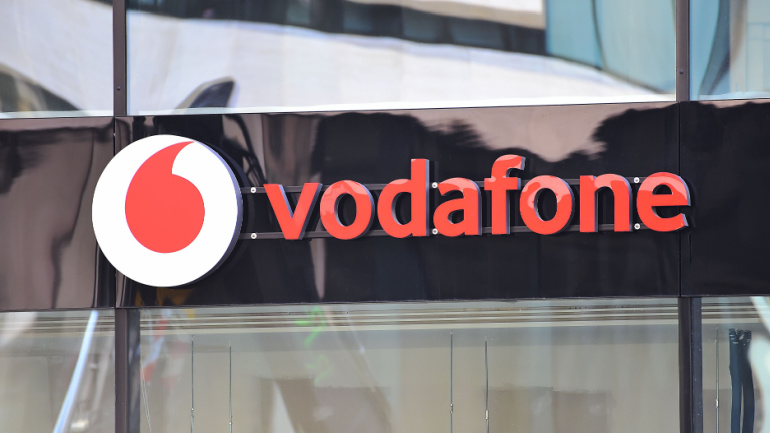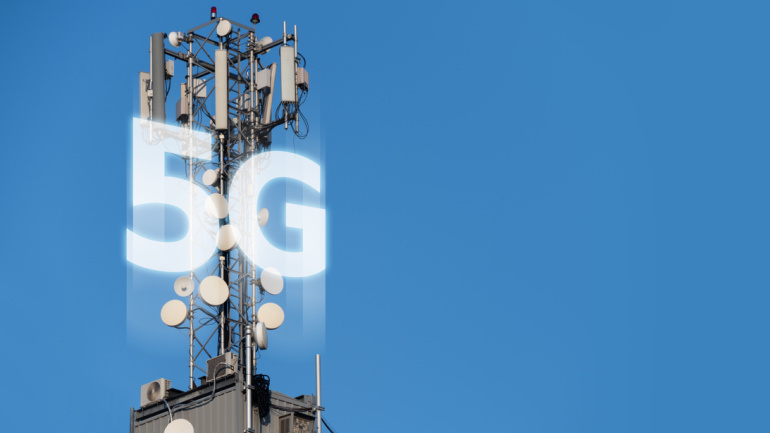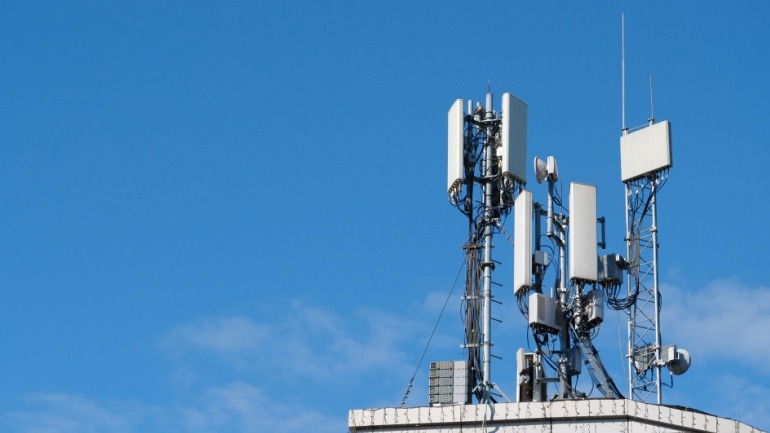Despite the seemingly lagging global investment in standalone 5G networks, promising trends in the telecom sector indicate an upcoming surge. With minimal progress indicated by Global Mobile Suppliers Association’s statistics, the industry pins hopes on major moves from operators like New Zealand’s Spark and Vodafone. Meanwhile, the increasing adoption of 5G SA in private networks for various sectors shows an encouraging forecast. The journey towards profitable 5G investments seems complex, yet strides are being made in the right direction.
Network slicing has become a popular topic in telecoms discussions, particularly in relation to the benefits of 5G for industrial or business applications. It is believed to improve the reliability and performance of connectivity in situations where network congestion or mission-critical operations are at stake. With the rollout of 5G Standalone, network slicing is becoming an increasingly important aspect of B2B installations.
Vodafone UK’s launch of 5G Ultra, a standalone 5G service, marks a significant milestone in the UK telecom market, offering faster speeds and improved battery life. However, with limited device support and potential focus on B2B applications, will competitors follow suit?
KPN revolutionizes Netherlands’ 5G landscape with the introduction of 5G standalone, promising higher speeds, improved latency, and network slicing capabilities. Pioneering tests with Ericsson in cloud gaming applications showcase its immense potential for consumer and business applications, setting the stage for a 2024 rollout.
As 5G technology continues to mature, leading global wireless carriers are competing to be the first to advance from the non-standalone (NSA) mode of 5G, in which a 4G LTE core is combined with 5G capabilities, to a standalone architecture (SA) 5G network. T-Mobile US, one of the largest carriers providing wireless voice, messaging and data services in the United States, has announced the launch of its SA 5G network. The operator claims to be the first in the world with nationwide coverage using this next-generation wireless technology. In a news release, T-Mobile said that the launch expands its 5G coverage by 30 percent and will cover nearly 250 million people in more than 7,500 cities and towns throughout the US. With faster speeds, lower latency and huge connectivity capabilities, SA 5G signifies the launch of a 5G core network, ending the reliance on legacy LTE architecture. T-Mobile said SA…
T Mobile has launched nationwide L4S on its 5G Advanced network, cutting latency and packet loss for cloud gaming, XR, video calls, and remote driving. Built on its standalone core with network slicing, it adapts to real time conditions.
Vodafone Idea has expanded its 5G network to Jaipur, enhancing connectivity in the Pink City as part of its strategic roll-out across 17 telecom circles in India. This 5G deployment follows upgrades to its 4G network, enabling faster speeds and more reliable connectivity.
EE aims to expand its standalone 5G network to cover half the UK population by August, reaching over 34 million people. While rollout continues in dozens of towns and cities, doubts persist among MPs about nationwide 5G coverage by 2030.
Ofcom has cut mobile spectrum fees by 26% in key bands, saving operators around £60 million annually. Its latest Mobile Matters report shows 5G now makes up 28% of connections, with EE leading in 5G users and Three offering top speeds.
Vodafone Germany has ingeniously transformed a traditional advertising column into a 5G antenna site in Stuttgart, kickstarting a project to enhance urban mobile coverage. Utilizing Ericsson antennas and fiber optic backhaul, it offers 500 Mbps speeds. This innovation expands Vodafone’s 5G network seamlessly, avoiding the challenges of building large cell towers.













